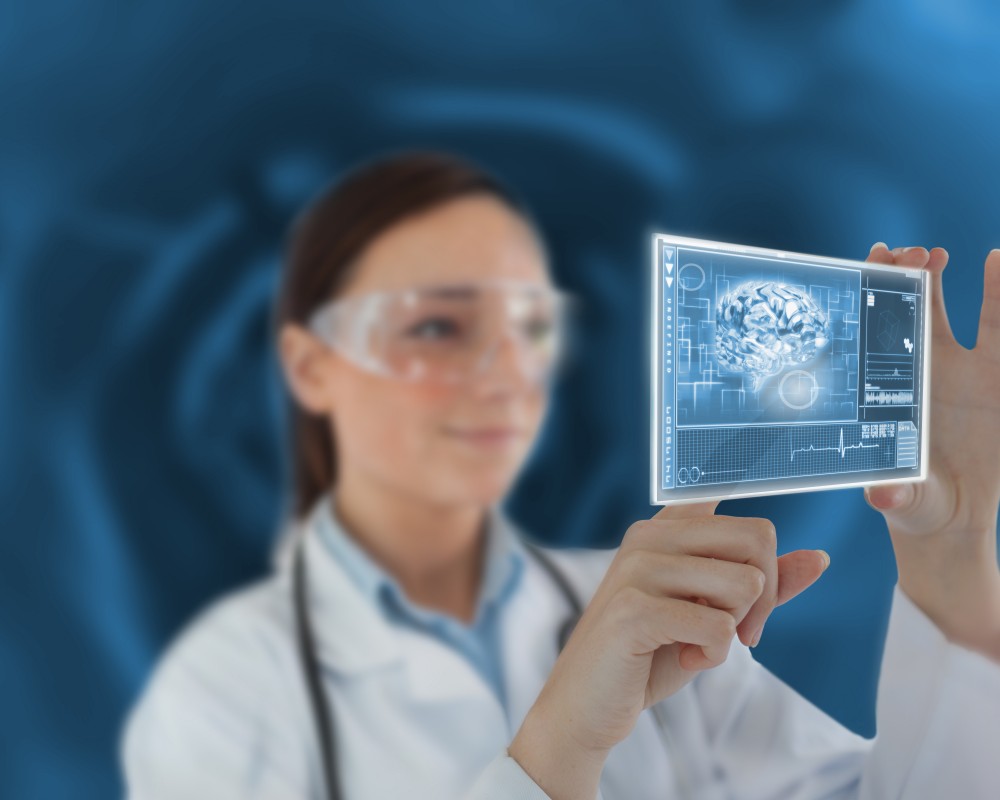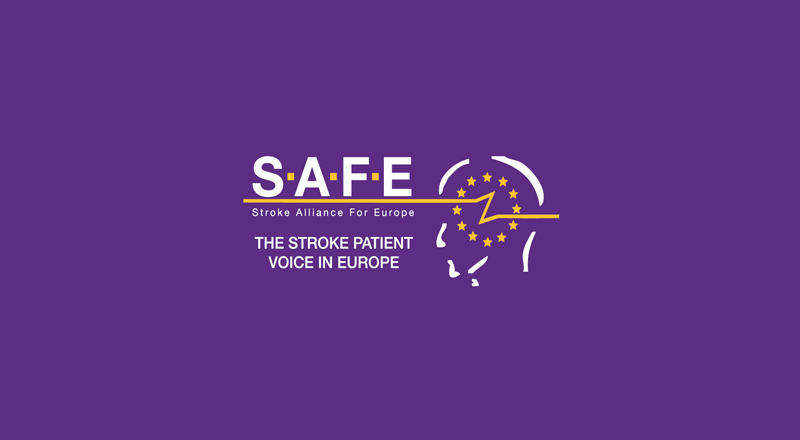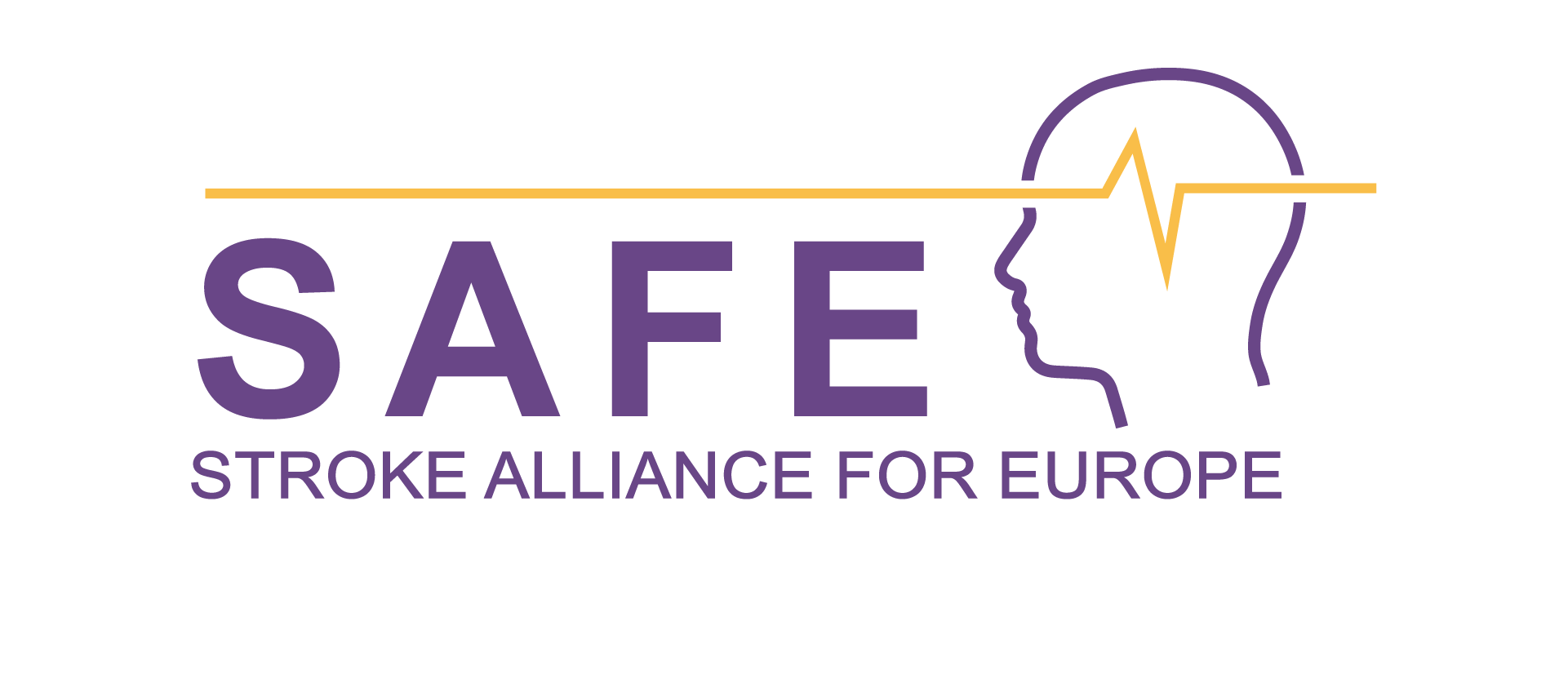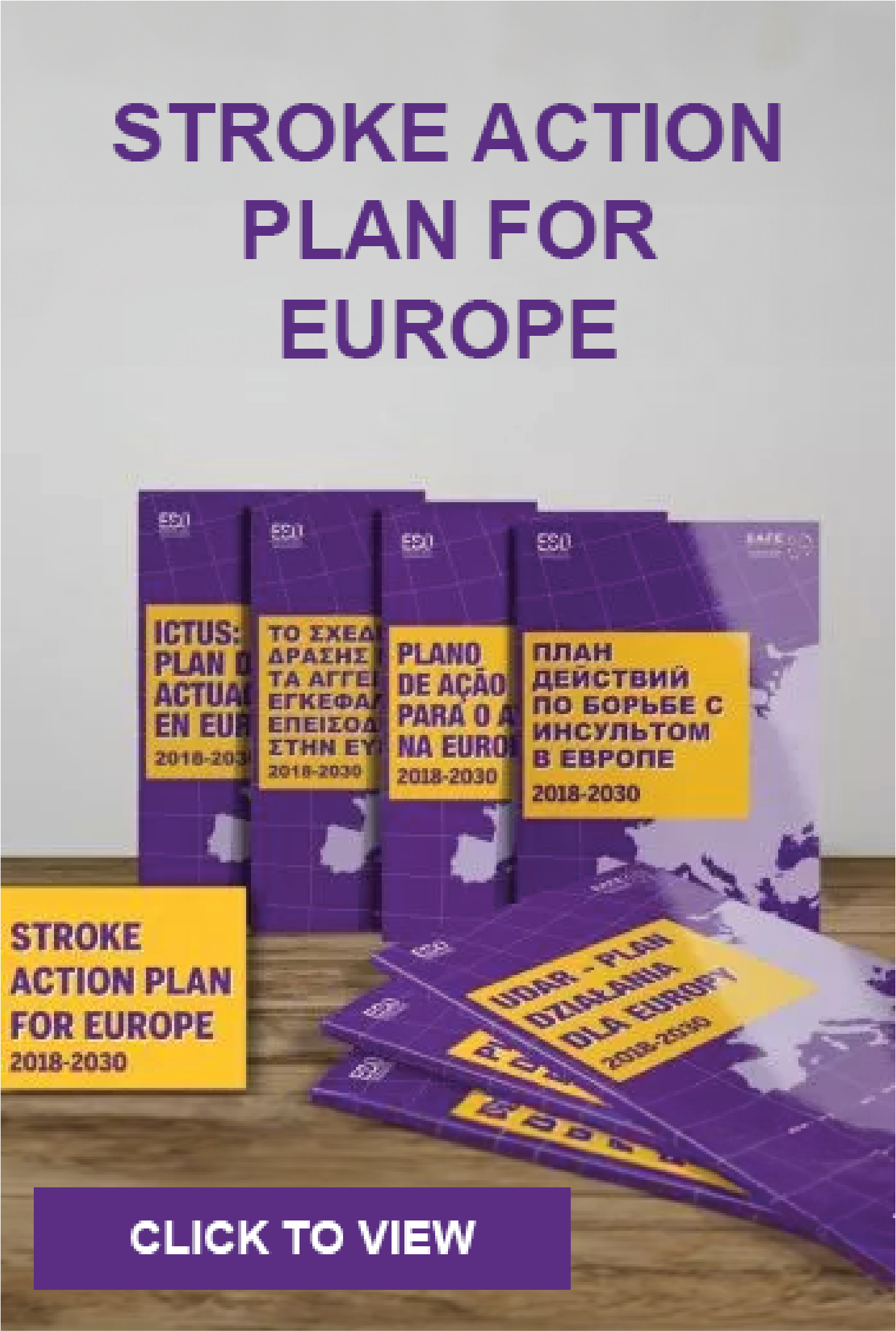
Jun 7, 2018
A massive and extremely slow change in electrical potential is evidence of irreparable damage
First appeared on ScienceDaily.com
Researchers from Charité — Universitätsmedizin Berlin have analyzed the underlying electrophysiological indicators of subarachnoid hemorrhage, the second most common type of brain hemorrhage that can lead to ischemic stroke within a matter of days. Their findings, which have been published in the journal Brain, may lay the foundations for new stroke treatments.
Subarachnoid hemorrhage is a type of brain bleed that occurs in the area between the membranes surrounding the brain. Patients with subarachnoid hemorrhage can develop complications within approximately one week. Between one in three and one in four patients will develop symptoms of ischemic stroke, a type of stroke caused by an inadequate blood supply. This phenomenon occurs as the result of mechanisms triggered by the molecular breakdown products of the patient’s earlier hemorrhagic stroke. It sets off a wave of electrochemical depolarization, or ‘spreading depolarization’, within the brain tissue. Affected areas of the brain require large amounts of energy in order to restore normal conditions.
In healthy brains, this depolarization of nerve cells is linked to blood supply, meaning blood vessels widen in areas of the brain that are active. However, a subarachnoid hemorrhage may disrupt the signaling cascades between nerve cells and blood vessels, so that the depolarization of nerve cells causes extreme constriction of the blood vessels, which leads to spreading ischemia. Deprived of energy, the nerve cells are incapable of restoring normal electrochemical gradients. If depolarization persists for too long, affected nerve cells will begin to die off. Measurements of the electrical brain potential will then show an extreme and very gradual change , a process known as ‘negative ultraslow potential’, which is indicative of ‘terminal spreading depolarization’.
“Two months ago, we were able to show for the first time that terminal spreading polarization occurs in humans — namely in patients who had suffered cardiac arrest. Now we have been able to show that it also occurs in patients with cerebral infarctions after subarachnoid hemorrhage,” explains Prof. Dr. Jens Dreier of Charité’s Center for Stroke Research Berlin (CSB). Prof. Dreier and his team analyzed data from 11 patients, comparing their findings with results obtained from animal experiments. The waves of depolarization observed indicate disturbances of energy metabolism. The ‘negative ultraslow potential’ constitutes the electrophysiological correlate of infarction, and of tissue death due to an inadequate supply of blood.
Prof. Dreier emphasizes: “Measurements of spreading depolarization may prove as important to the development of interventions for patients with stroke, global ischemia and traumatic brain injury, as similar electrophysiological tools have proved in the past, in the areas of epilepsy or cardiology — because they make the underlying causes visible.”
Story Source: Charité – Universitätsmedizin Berlin. “Electrophysiological sign of cerebral infarction identified: A massive and extremely slow change in electrical potential is evidence of irreparable damage.” ScienceDaily. ScienceDaily, 29 May 2018. <www.sciencedaily.com/releases/2018/05/180529132142.htm>.

Jun 2, 2018
Replacement neurons, blood vessels fill in stroke cavity; gel provides scaffolding
First appeared on ScienceDaily.com
In a first-of-its-kind finding, a new stroke-healing gel helped regrow neurons and blood vessels in mice with stroke-damaged brains, UCLA researchers report in the May 21 issue of Nature Materials.
“We tested this in laboratory mice to determine if it would repair the brain in a model of stroke, and lead to recovery,” said Dr. S. Thomas Carmichael, Professor and Chair of neurology at UCLA. “This study indicated that new brain tissue can be regenerated in what was previously just an inactive brain scar after stroke.”
The results suggest that such an approach may someday be a new therapy for stroke in people, said Dr. Tatiana Segura, a former Professor of Chemical and Biomolecular Engineering at UCLA who is now a professor at Duke University. Carmichael and Segura collaborated on the study.
The brain has a limited capacity for recovery after stroke and other diseases. Unlike some other organs in the body, such as the liver or skin, the brain does not regenerate new connections, blood vessels or new tissue structures. Tissue that dies in the brain from stroke is absorbed, leaving a cavity, devoid of blood vessels, neurons or axons, the thin nerve fibers that project from neurons.
To see if healthy tissue surrounding the cavity could be coaxed into healing the stroke injury, Segura engineered a gel to inject into the stroke cavity that thickens to mimic the properties of brain tissue, creating a scaffolding for new growth.
The gel is infused with molecules that stimulate blood vessel growth and suppress inflammation, since inflammation results in scars and impedes regrowth of functional tissue.
After 16 weeks, stroke cavities in mice contained regenerated brain tissue, including new neural networks — a result that had not been seen before. The mice with new neurons showed improved motor behavior, though the exact mechanism wasn’t clear.
“The new axons could actually be working,” said Segura. “Or the new tissue could be improving the performance of the surrounding, unharmed brain tissue.”
The gel was eventually absorbed by the body, leaving behind only new tissue.
This research was designed to explore recovery in acute stroke, or the period immediately following stroke — in mice, that is five days; in humans, that is two months. Next, Carmichael and Segura are determining if brain tissue can be regenerated in mice long after the stroke injury. More than 6 million Americans are living with the long-term outcomes of stroke, known as chronic stroke.
Story Source: University of California – Los Angeles. “Mice regrow brain tissue after stroke with bioengineered gel: Replacement neurons, blood vessels fill in stroke cavity; gel provides scaffolding.” ScienceDaily. ScienceDaily, 21 May 2018. <www.sciencedaily.com/releases/2018/05/180521131811.htm>.

May 3, 2018
First published on ScienceDaily.com
A study led by Massachusetts General Hospital (MGH) investigators may lead to a significant expansion in the number of stroke patients who can safely be treated with intravenous tPA (tissue plasminogen activator), the “clot busting” drug that has greatly reduced stroke-related disability and deaths in eligible patients. The report, published online in Annals of Neurology, describes the results of a trial using MR-based imaging technologies to identify patients likely to be within 4.5 hours of stroke onset, even though their initial symptoms had not been witnessed. (more…)

May 3, 2018
First published on ScienceDaily.com
The diagnosis is one that a family never wants to hear: Your father has Alzheimer’s disease. Your mother has stroke-related dementia.
A recently released study, included in a special supplement to the Journal of Gerontology, indicates that dementia’s impact might be compressing a bit. That is, people might be developing dementia later and living with it for a shorter period of time. (more…)

May 3, 2018
First published on ScienceDaily.com
An experimental compound appears to improve stroke outcome by reducing the destructive inflammation that can continue months after a stroke, scientists report.
Rats consuming compound 21 following a clot-based stroke — the most common type in humans — don’t have a smaller stroke size but do have better memory and movement in its aftermath, says Dr. Adviye Ergul, vascular physiologist and Regents’ Professor in the Department of Physiology at the Medical College of Georgia at Augusta University. (more…)

May 3, 2018
First published on ScienceDaily.com
A new computer programme developed by scientists at the Universities of Edinburgh and Glasgow can assess whole brain deterioration and help predict cognitive function after stroke up to ten times more accurately than current methods.
The new approach, published today in the International Journal of Stroke, can quantify visible brain injury from cerebral small vessel disease (SVD) and brain atrophy by translating the million plus bits of information stored in brain scans into a single measure, the “brain health index.” (more…)







